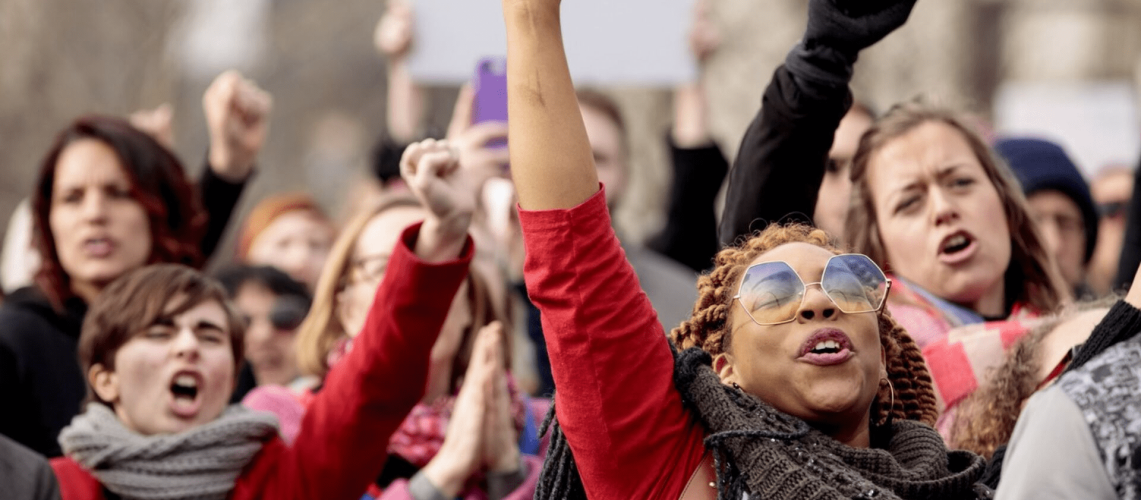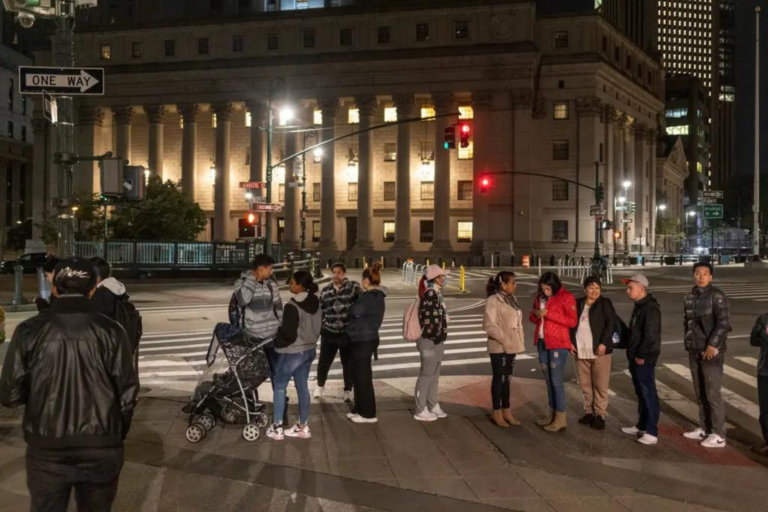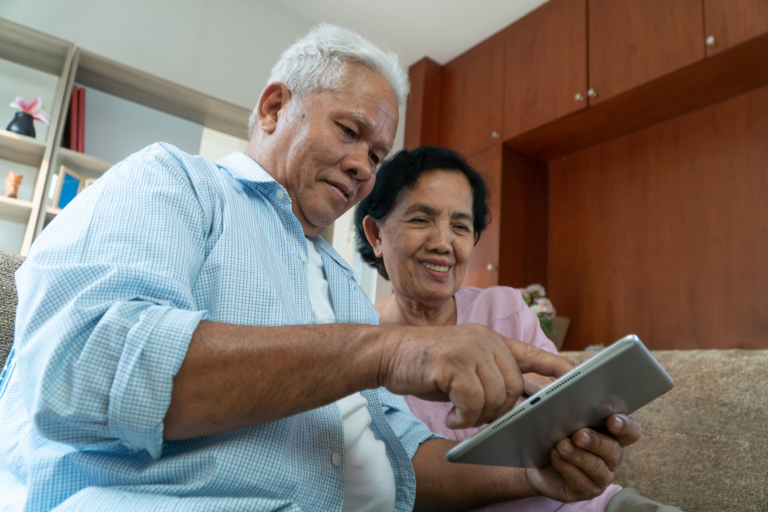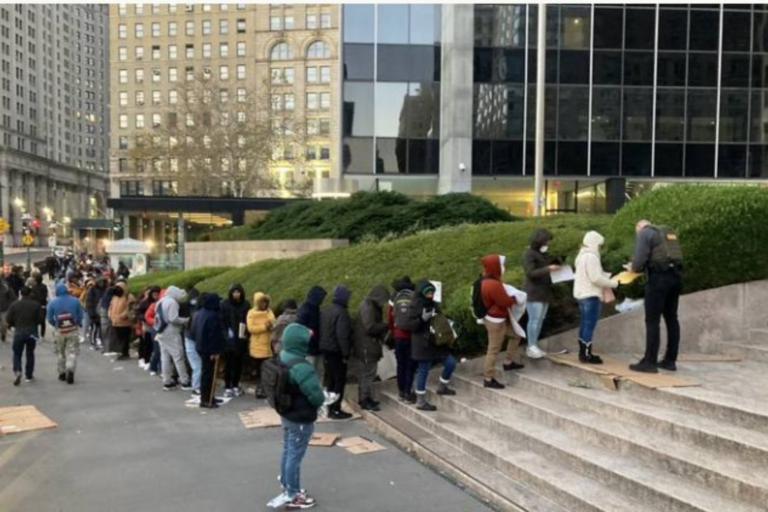By Amanda Beltz
Every day, technology becomes a greater part of our lives, but our laws haven’t kept up. We at NYLAG have seen the devastating effects of cyber sexual abuse, the nonconsensual sharing of sexually explicit images and videos online or through other forms of technology.
It’s another way perpetrators of violence maintain power and control over their partners, even after the relationship has ended. The effects of cyber sexual abuse (also known as “revenge porn”) are particularly traumatizing for survivors because the fear that the images will be seen or shared online continues forever.
For many of our clients, the mere threat of exposure of this kind would be extremely dangerous, jeopardizing their safety, reputations, and futures.
Recently, New York lawmakers unanimously passed an anti-cyber sexual abuse bill, stiffening criminal penalties for disseminating intimate photos or videos without consent. The bill will also offer survivors civil remedies to pursue damages and injunctive relief to remove the images.
I was proud to represent NYLAG on a committee of organizations that worked to make this law a reality. This is a huge victory for our clients and all survivors! Now, we eagerly wait for Governor Cuomo to sign it into law.
Survivors will have more options to stand up against their abusers under this law than ever before. We commend the lawmakers and organizers for recognizing the urgent need to guard against these abuses.
Amanda Beltz is the Director of NYLAG’s Matrimonial & Family Law Unit.








